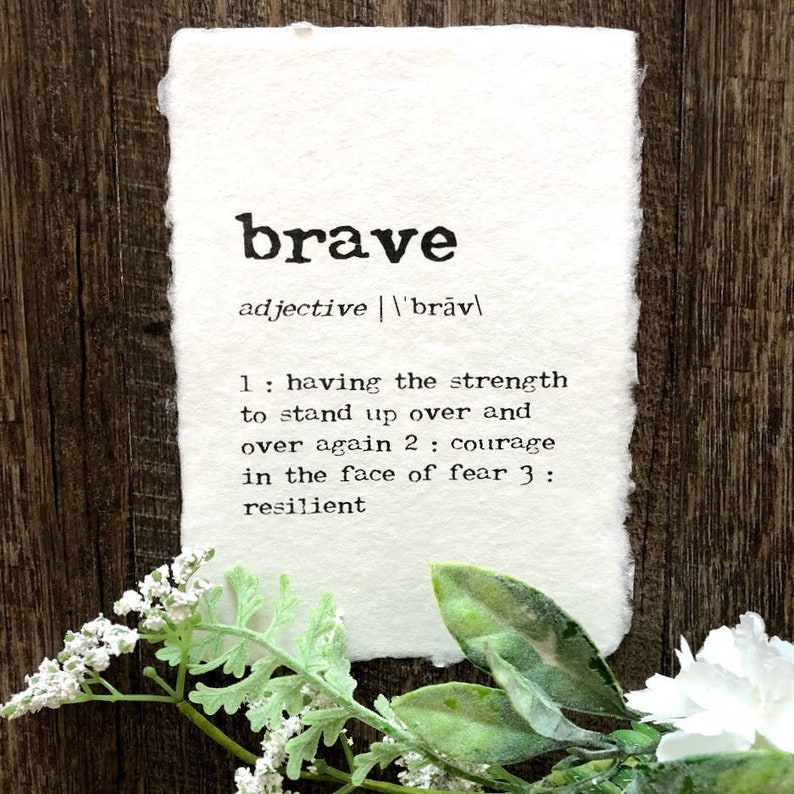
If parents routinely display courage for the sake of their children, one reason is that their “why” for acting is concretely in front of them they know they’re doing it for their kids’ sake.

Focusing on what you need to do in the moment can have magical results on your ability to act.įocusing on the meaning of your actions - "why" you are doing what you're doing. If you don’t know what to do, it becomes a lot harder to do it, which is one reason why uncertainty can be more paralyzing than concrete fears. The ability to clearly picture your actions and the positive results that will come from them increases your ability to act. So the idea of voluntarily acting in the face of fear isn't just a poetic description, it’s a scientific reality.Īnd what helps you “voluntarily act”? Four things: Neurologically, conscious activation of your sgACC can actually suppress and shut down your (otherwise-involuntary) amygdala response. The neurology of courage involves a competition between your amygdala, which drives fear, (along with your fight or flight response) and your subgenual anterior cingulate cortex (sgACC), which acts to suppress bodily fear responses. The bottom line: When you repeatedly confront and face down your fears, you destroy their influence on you, and that’s how you strengthen your courage "muscle."
Brave definition picture how to#
When we do this, we can more consistently operate from our highest values and consciousness rather than our lower instincts.īut first you have to recognize your fear-based behavior, then learn how to reframe your fears in order to restore our ability to take inspired action. We can consciously choose to stay emotionally present and mindful during uncomfortable confrontations. So our fear-based behavior wears a mask, and it takes conscious reflection to recognize our “face of fear” behavior patterns.Īnd that's the difference between ordinary people and a fearless leader - the fearless leader does the work to recognize her fear-based patterns, and then re-frames her fear-based thoughts to re-boot her mindset and remind herself of her own resilience in the face of failure and setbacks.īecause reacting to fear or allowing it to control us isn't automatic. We don't usually fear sudden death from animal attack, instead we fear failure, uncertainty, risk, losing face, and being vulnerable.īut few of us are 100% honest with ourselves about these kinds of fears. In modern life, most fear doesn't come from real survival threats like a charging mastodon or pouncing tiger.

Managing fear usually means an honest confrontation with the source of that fear, followed by a mental reframing of its meaning.


 0 kommentar(er)
0 kommentar(er)
